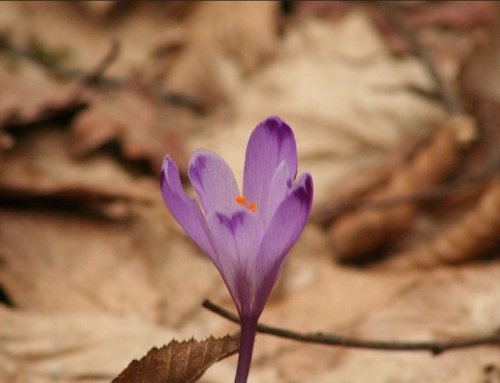 Saffron Corm: An Essential Guide
Saffron Corm: An Essential Guide
Saffron is one of the most treasured spices worldwide, known for its unique aroma, flavor, and vivid color. However, many are unaware that saffron comes from the saffron bulb (corm), which is vital in its cultivation. This guide will explore everything you need to know about saffron bulbs, including their definition, planting techniques, the features of high-quality bulbs, and how to select the best ones for your garden or farm.
What is a Saffron Corm?
The saffron bulb, or corm, serves as the foundation from which the saffron spice grows. Cultivation starts with planting the corm, which influences the crop’s quality. These corms come in various shapes, with the egg-shaped variety being the most common. The outer skin is usually white, covered with brown, fibrous layers that protect it from harsh weather and help retain moisture during dormancy.
How to Plant Saffron Bulbs
The ideal time to plant saffron corms is from mid-August to September, depending on the local climate and soil conditions. After planting, the corms begin to sprout leaves that will later produce purple flowers. The red stigmas of these flowers are dried to make saffron. Saffron bulbs can be harvested for 5-8 years, ensuring a continuous supply.
Key Characteristics of High-Quality Saffron Corms
Choosing the right saffron corm is essential for successful cultivation. Whether you’re planting a small garden or large fields, high-quality bulbs lead to better yields. Here are the features to look for:
Health of the Corm
The health of the corm is the most important factor when selecting saffron bulbs. While size matters, the overall health of the corm determines whether the plant will thrive. Healthy corms should be free of damage, pests, or fungal infections, as any issues can negatively impact the entire crop.
Weight of the Corm
Corms vary in weight, with the most effective ones falling between 8-13 grams. The right weight helps the bulb to grow optimally. Corms smaller than 8 grams may not bloom effectively in their initial years, while larger corms generally yield more flowers but might require more attention due to their size.
Things to Consider When Buying Saffron Corms
When purchasing saffron bulbs, avoid common mistakes by following these tips:
Check Moisture Levels
Be cautious about corms that have been rehydrated to boost their weight. Excess moisture can weaken the quality of the bulbs. Make sure you’re buying well-preserved corms without artificial moisture added.
Moisture and Greenhouse Growing
If you’re growing saffron indoors in a greenhouse, managing the moisture in the corms is even more important. Too much moisture can hinder blooming in controlled environments, leading to lower saffron yields.
Select Corms for Your Climate
Ensure that the saffron corms you purchase are suitable for your local climate. Bulbs that aren’t adapted to your environment may struggle, resulting in poor growth and suboptimal yields. Match the corms to your growing conditions for best results.
Avoid Long-Stored Corms
Corms stored for extended periods are at a higher risk of fungal infections or pest damage, which reduces their quality. Always opt for freshly harvested bulbs to ensure high quality and potential yield.
Conclusion
With this comprehensive guide, you’re now well-equipped to make informed decisions about saffron corms for your cultivation. High-quality saffron bulbs are essential for producing premium saffron, whether you’re growing at home or on a larger farm. The right corms will ensure a successful, fruitful harvest. Feel free to ask any further questions in the comments below for more advice.







Get Social